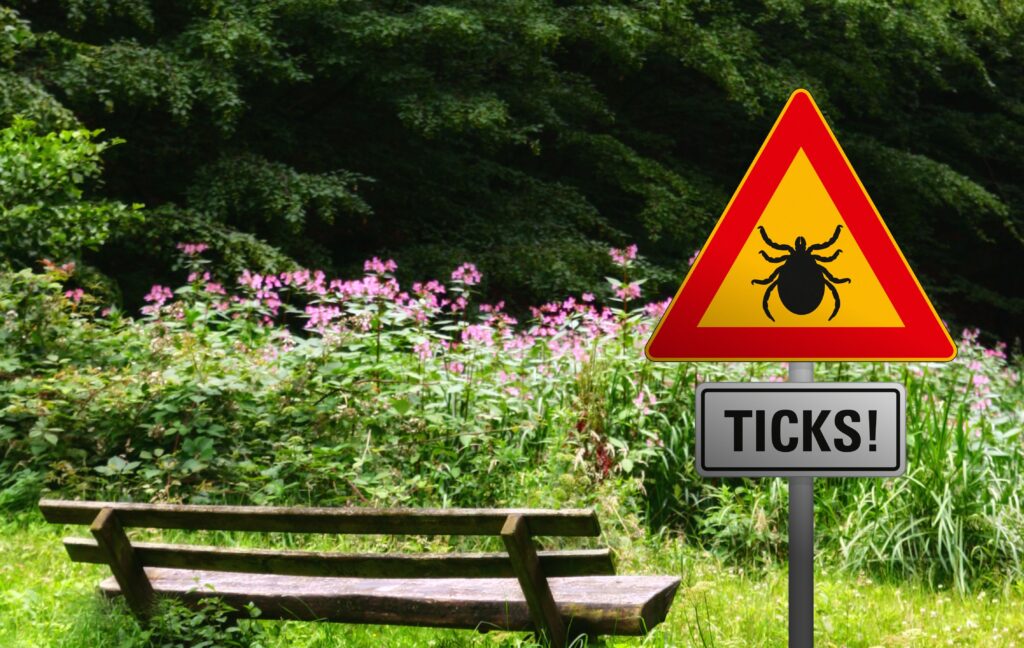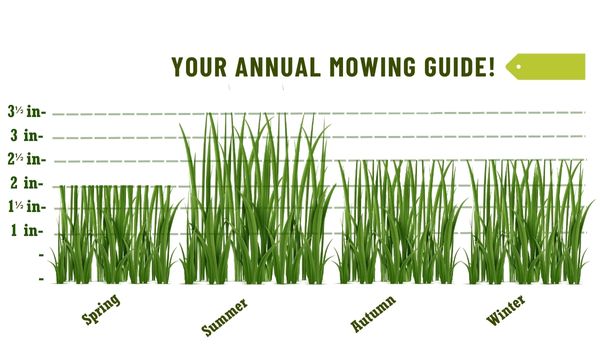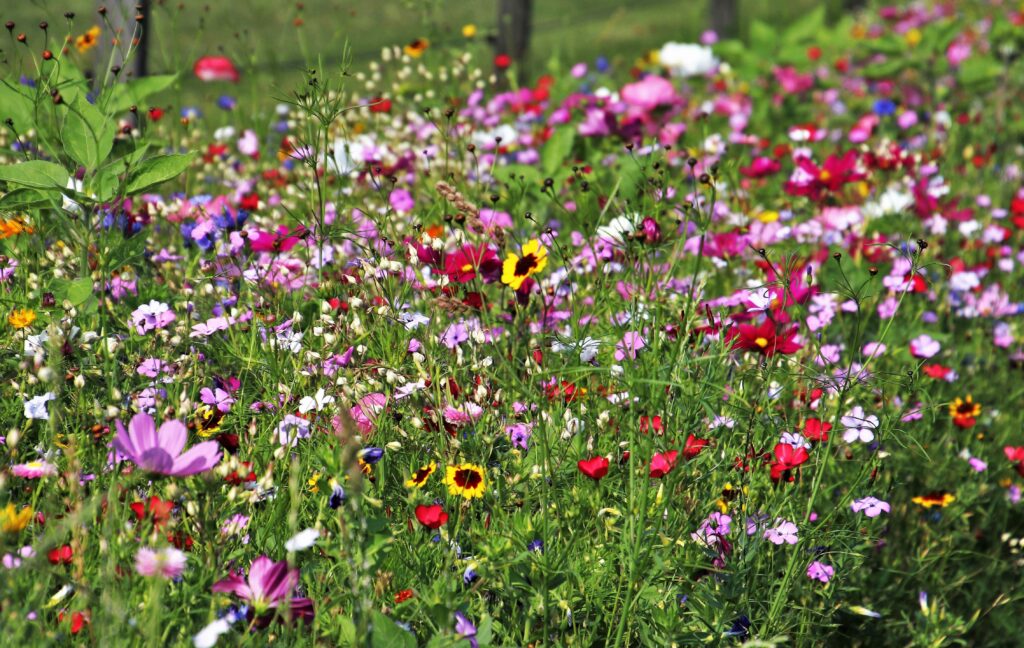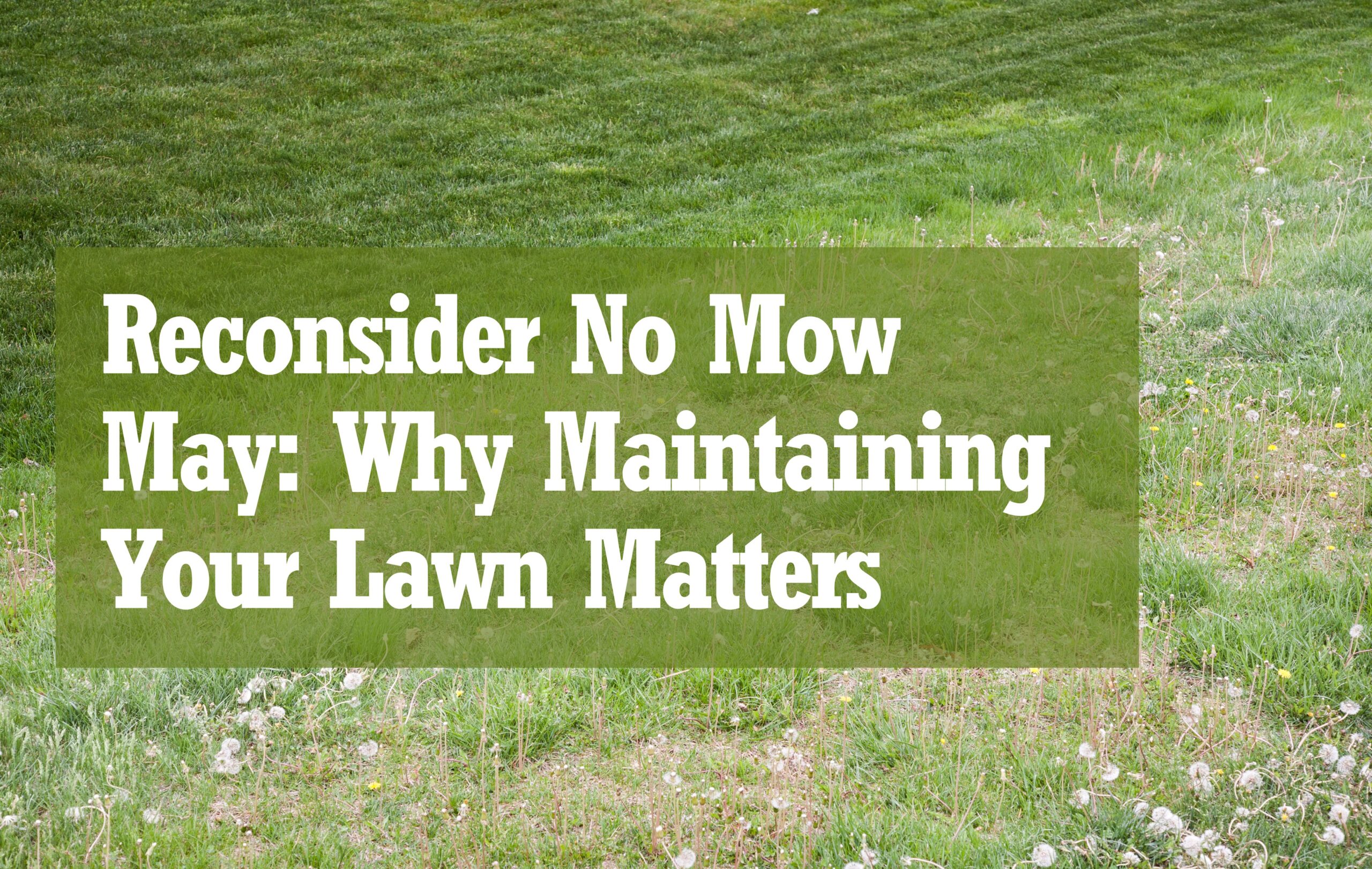As Spring arrives and gardens burst into life, the concept of No Mow May gains traction, promoting a hands-off approach to lawn care. While the idea of letting nature take its course may seem appealing, there are compelling reasons to rethink the wisdom of No Mow May. In this blog, ‘Reconsider No Mow May: Why Maintaining Your Lawn Matters’ we’ll delve into the pitfalls of neglecting lawn maintenance, the importance of finding a balance in grass length, and the benefits of creating dedicated wildflower spaces year-round.
The Pitfalls of Neglect from No Mow May:
- Allowing your lawn to go uncut for an entire month can lead to a host of problems, both aesthetic and practical.
- Long grass tends to seed, this can cause uneven patches at soil level and looks untamed.
- In addition to looking unkempt, overgrown grass creates hiding places for pests like ticks and mosquitoes, increasing the risk of insect-borne diseases.

Finding the Goldilocks Zone for Maintaining Your Lawn:
- When it comes to lawn maintenance, moderation is key. While you don’t want your grass to grow too long, you also don’t want to scalp it too short.
- Mowing your lawn at the appropriate height encourages healthy root growth, improves drought resistance, and helps to prevent thatch build-up.
- Aim to keep your grass between 2 to 3.5 inches tall, striking a balance that promotes a lush, green lawn without encouraging uneven appearances, weed growth or pest infestations. We have a mowing guide here.

Sustainable Solutions to No Mow May:
- Rather than sacrificing your entire lawn to the whims of No Mow May, consider implementing sustainable practices that support both wildlife and aesthetics.
- Designate a portion of your garden as a dedicated wildflower space, providing habitat and food sources for pollinators year-round.
- Choose native wildflowers that are well-suited to the British climate and your soil conditions, ensuring long-term success and minimal maintenance.

Benefits of Year-Round Wildflower Spaces:
- While No Mow May may offer a temporary boost to wildlife, creating dedicated wildflower spaces provides lasting benefits for biodiversity.
- By maintaining wildflower habitats year-round, you provide consistent food and shelter for pollinators, birds, and other wildlife, contributing to overall ecosystem health.
- These permanent wildflower spaces enhance the beauty and diversity of your garden, creating a vibrant tapestry of colours and textures throughout the seasons.

Striking a Balance with No Mow May:
- Ultimately, the key to responsible lawn care lies in finding a balance between manicured lawns and wildflower meadows.
- Regular mowing, at the appropriate height, ensures a tidy appearance while supporting healthy grass growth and minimising environmental impact.
- Supplementing your lawn with dedicated wildflower spaces allows you to enjoy the best of both worlds – a well-maintained lawn and thriving wildlife habitat.
Conclusion:
While the idea of No Mow May may seem enticing, it’s essential to consider the long-term implications of neglecting lawn maintenance. By striking a balance between regular mowing and creating dedicated wildflower spaces, you can cultivate a beautiful and sustainable garden that benefits both you and the environment. So, before you put away your lawnmower this May, think twice about the importance of keeping your lawn in check.
Thanks for reading our guide, ‘Reconsider No Mow May: Why Maintaining Your Lawn Matters’. For more lawn care tips and tricks, follow us on Facebook and Instagram.





